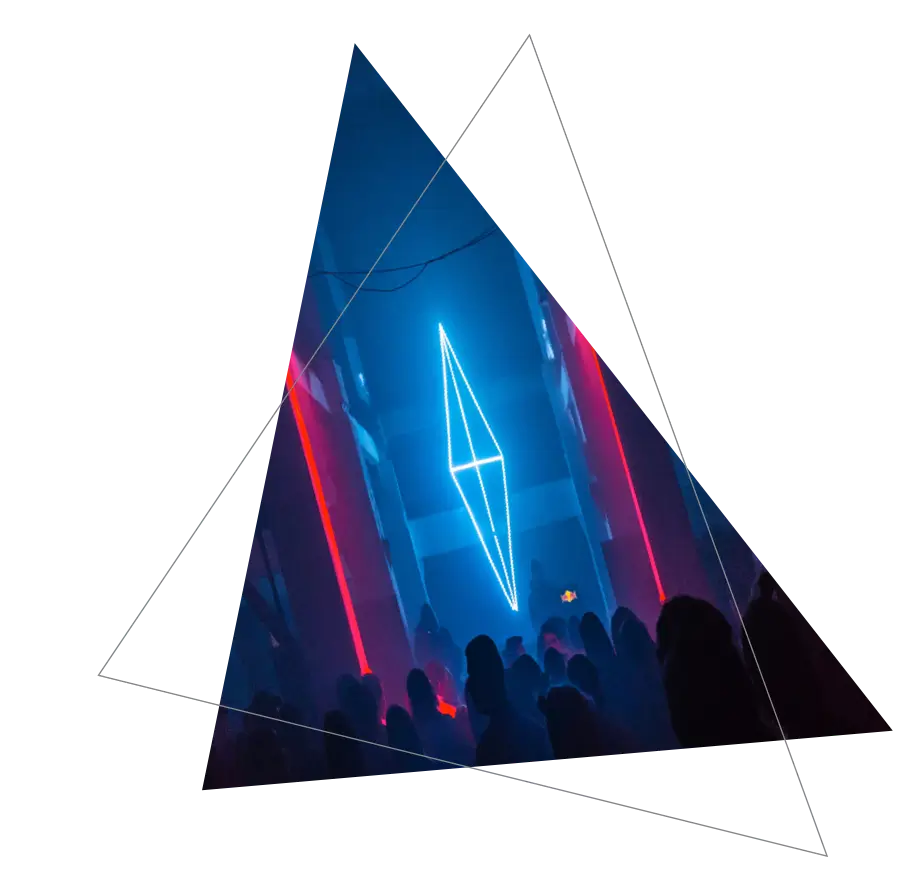A skin analysis system is a technological solution that facilitates the evaluation of the skin’s health and appearance. The aforementioned systems leverage a diverse range of methodologies such as imaging, machine learning, and data analysis to assess an array of skin conditions, encompassing but not limited to acne, wrinkles, sun damage, hyperpigmentation, and other related concerns.

Introduction
The skin analyzing system leverages cutting-edge technologies, including image processing, computer vision, and deep learning, to evaluate the skin's overall health. The software system acquires high-resolution skin images, processes them through specialized algorithms, and generates an in-depth skin condition report.
This data facilitates the creation of customized skin care regimens by skin care experts and enables them to suggest suitable products for enhancing skin wellness. In addition, skin analysis software can detect underlying skin problems that may necessitate medical intervention or specialized skincare items.
Our Approaches
To build a skin analyzing system using computer vision and deep learning, one can use libraries such as PyTorch, ONNX, NumPy, and OpenCV. These libraries provide the necessary tools for image processing, feature extraction, and machine learning algorithms that can be used to evaluate the skin's health.
Upon completion of the system's development, it may be deployed through a user-centric platform, such as Streamlit. Streamlit offers a user-friendly interface that facilitates interaction with the skin analysis system, enables access to skin analysis reports, and provides personalized skincare product and treatment recommendations.
By combining computer vision, deep learning, and user-friendly deployment on Streamlit, a skin analyzing system can provide accurate and personalized skincare analysis, making it a valuable tool for skincare professionals and individuals seeking better skincare.










